This article discusses the use of non-lethal weapons, specifically the sound cannon or directional speaker technology, in the aftermath of the controversial events surrounding the peaceful protest in Belgrade on March 15, 2025. The purpose of this article is not to assign blame but rather to present technical facts that may be useful for those interested in the subject, as well as to assist investigators and researchers.
Introduction
Over the past few decades, numerous studies have been conducted to develop acoustic weapons. Researchers have explored the potential of using various sound frequencies to produce a range of physical and psychological effects. Currently, the most prevalent applications involve narrowly focused sound sources that exert a high level of sound pressure on biological targets. The following areas highlight acoustic effects in modern non-military operations: psychological operations, agitation, warning, limiting access to certain areas, and maintaining control over illegal mass gatherings of citizens.
The directional speaker technology discussed in this article was initially developed by naval scientists who employed parametric arrays in sonar (underwater navigation) systems. US inventor Woody Norris was one of the pioneers in adapting this technology for use with audible sound. His system, called HyperSonic Sound (HSS)®, is marketed by Genasys® (formerly known as LRAD Corporation and American Technology Corporation, ATC), which produces the LRAD® and several related products. Another notable system is the Holosonics® Audio Spotlight®, which utilizes broadly similar ultrasonic technology developed by former MIT student Dr. Joseph Pompei.
Acoustic Hailing Devices (AHD)
Acoustic hailing devices (AHD), commonly called "sound cannons," operate within the audible range and emit high-energy acoustic beams to communicate with, warn, and potentially disorient or incapacitate individuals. Several countries have developed these systems for military and law enforcement purposes, primarily for crowd control and border security. These devices can produce loud, harmful tones that may cause pain, ear damage, and even permanent hearing loss at close range.
The most well-known of these devices is the Long Range Acoustic Device (LRAD), which resembles a flat loudspeaker configured with multiple piezoelectric transducers arranged in a staggered pattern.
Piezoelectric loudspeakers utilize plates made from Rochelle salt or piezoceramics. In the past, they were viewed as unpromising due to their low sound quality and the unreliability of their piezoelectric elements. However, advancements in piezoceramics production technologies have addressed these issues.
The LRAD was initially developed as a military tool to enforce exclusion zones around naval vessels following the attack on the USS Cole in Yemen in 2000. Since then, it has been used by the US Navy to secure shipping lanes near the Iraqi port of Basra and its oil terminals. Additionally, the LRAD has been deployed by cruise and transport liners to deter pirates, utilized by police forces in various countries, and even mounted on drones. Today, the Long Range Acoustic Device (LRAD), the most widely used acoustic warning device in the USA and Europe, relies on an array of piezoceramic transducers. An analysis of the manufacturer's data indicates that in voice mode, the acoustic power is approximately 0.1 watts, while in tone mode, it can reach 100 watts.
The directivity diagram provided by the manufacturer illustrates a well-defined main lobe in the sound field along the axis. The central lobe expands at an angle of 12° from this axis, and overall, the device generates a directional acoustic beam with a dispersion angle of approximately 30°.
An interesting development in this field is the Vortex Ring Generator. These generators, which were previously considered a distinct type of oscillating non-linear dynamics (OND), produce a combined effect on biological objects. More technicalities about the Vortex Ring Generator can be found in the “Analysis of One Case” section, which is devoted to the potential use of this equipment during the peaceful protest in Belgrade.
The LRAD is known for its relatively high directivity, with a beam opening angle of 5 to 15 degrees, and it primarily transmits high-frequency sounds (above 1 kHz). The LRAD 1000 can project voice messages over distances greater than 500 meters and warning tones over distances exceeding 1,000 meters. Various scaled-down and scaled-up versions of the device are also available.
Other similar devices, known as "sonic blasters," create high-intensity sound blasts intended to affect individuals rather than facilitate communication. Notable examples include Israel's sonic pulser, "The Scream," and the "Thunder Generator," originally developed as an environmentally friendly soil disinfection machine to scare birds away from crops but later repurposed for riot control.
The LRAD, which is not categorized as a defense article and requires no U.S. export license, has been sold to 60 countries worldwide, including Azerbaijan, Georgia, and Poland. Prices range from $5,000 for a basic handheld model to ~$190,000 for its most advanced models.
The LRAD can reach decibel levels as high as 162 dB. For comparison:
A personal conversation typically measures around 60 dB.
A lawn mower reaches approximately 90 dB.
A level of 130 dB is generally considered the average pain threshold for most humans.
The beam of sound is so precise that a person standing behind or next to an LRAD device hears almost nothing. However, proponents argue that the LRAD causes minimal harm, even to those targeted by the beam.
Physical Effects
The physical effects of acoustic vibrations can be categorized into two main types: mechanical injuries and impaired perception. Mechanical injuries include changes to the eardrum, temporary hearing loss, and dysfunction in organs like the stomach, intestines, and lungs. Impaired perception can occur due to shock from sudden, loud, and unexpected sounds.
The likelihood of these effects occurring depends on several factors, including the sound pressure level (SPL), sound frequency, exposure duration, and the sound pulse's shape. When designing warning devices or other variable action tools, it is vital to consider how the volume level (the subjective perception of sound intensity) varies with the frequency of sound vibrations.
Sound pressure, denoted as "p," is the excess pressure in an elastic medium when a sound wave travels through it. The instantaneous sound pressure at a specific point in the medium changes over time and varies when moving to different points within the medium. Therefore, the root-mean-square value of sound pressure, which is related to sound intensity, is of practical importance.
When a point source produces sound, it spreads in all directions, forming a spherical wavefront. As the distance from the source increases, the intensity of the sound decreases sharply due to energy absorption by the medium, with high-frequency vibrations fading more quickly than low-frequency ones.
In terms of hearing, sound waves enter the ear canal and vibrate the eardrum, which then transmits these vibrations to the organ of Corti. This organ sends information through ganglion cells to the brain. The inner ear connects to the nasal cavities via the Eustachian tubes, and the cochlea is linked to the vestibular apparatus, which helps maintain balance and detect head movement.
The middle ear contains mechanisms that can attenuate vibrations transmitted to the inner ear, thereby defining the limits of hearing and reducing damage from loud sounds. At very low frequencies, pressure equalization is facilitated by the Eustachian tube. The aural reflex, which contracts the tympanic and stapedius muscles approximately 0.2 seconds after the onset of a loud sound, reduces transmission through the auditory ossicles. Frequencies above 20 kHz are not effectively transmitted through these structures.
Following exposure to loud sounds, the auditory system typically becomes less sensitive, increasing the hearing threshold. Recovery is possible under two conditions: first, the exposure must not exceed frequency-dependent limits of intensity and duration; second, the rest period must be sufficiently long. This temporary change in hearing function is referred to as a temporary threshold shift (TTS) and is measured 2 minutes after the cessation of noise exposure. For noise levels up to approximately 40 dB, recovery occurs quietly within a timeframe not exceeding 16 hours. Beyond a certain threshold, however, recovery will be incomplete, leading to permanent threshold shifts (PTS) —a condition known as chronic hearing loss. Since noise-induced hearing loss is cumulative to some extent, exposure criteria consider not only spectral content and intensity but also duration and recovery time.
Operation of Directional Speakers
Directional speakers operate quite differently from traditional loudspeakers. Conventional speakers generate audible sound waves using a single vibrating electromagnetic coil and a cone. Directional speakers produce ultrasound (high-frequency sound) waves imperceptible to human ears. This is achieved using piezoelectric transducers, typically made of crystals like quartz. When electric currents are applied, these transducers vibrate rapidly—tens of thousands of times per second, creating very high-frequency sound.
Ultrasound offers several advantages. Its higher-frequency waves have shorter wavelengths and spread out less as they travel, allowing the sound to remain focused in a beam over longer distances compared to ordinary sound. Additionally, using an array of many small transducers minimizes sound dispersion, unlike a single large transducer.
Essentially, ultrasound emitted from a directional speaker travels in a tightly focused column, similar to the beam of a flashlight. When the ultrasound waves encounter an object, they demodulate into ordinary sound that can be heard. For example, with the "talking Mona Lisa," a concealed directional loudspeaker placed next to the artwork emits ultrasound that extends outward and gradually dissipates in the room. If someone walks into the beam, the ultrasound waves collide and transform into normal sound, allowing Mona Lisa's voice to be heard.
One of the significant benefits of directional loudspeakers is their ability to transmit sound over long distances. In theory, sound emitted from a conventional speaker follows the inverse-square law, meaning that doubling the distance from the speaker results in a much greater reduction in intensity. However, a directional speaker sends its sound in a tightly focused beam, leading to far less energy dissipation. In practice, this allows sound from a directional speaker to travel approximately 20 times farther than sound from a conventional speaker.
Parametric Interaction and Wave Superposition
The speaker array produces a modulated wave consisting of two separate ultrasound waves:
A steady reference tone with a constant frequency of 20 kHz (the carrier wave).
A fluctuating signal that varies between 200,200 Hz and 220,000 Hz (the modulating wave).
Although combined, these waves can be thought of as traveling in parallel straight lines through a column of air without overlapping. When they encounter an obstruction (such as a person’s head), they slow down and mix together, interfering constructively (by adding together) and destructively (by subtracting from one another). By the principle of wave superposition, two ultrasound waves of these frequencies can subtract from one another to produce a third wave with a much lower frequency in the audible range of 200–20,000 Hz—the range that human ears can detect.
An electronic circuit attached to the piezoelectric transducers constantly adjusts the frequency of the two waves so they produce the correct lower, audible frequency when they collide and demodulate. This process also uniquely encodes the signal to minimize noise and distortion when it separates in the listener’s ear. The process by which the two ultrasound waves mix is technically called parametric interaction, so speakers that work this way are sometimes referred to as parametric loudspeakers.
Analysis of One Case
On March 16, 2025, a device resembling a sonic weapon may have been used by the Serbian government against a crowd of protesters in Belgrade who were holding a silent vigil for the victims of the Novi Sad railway station canopy collapse.
The above video contains sound consistent with the noise produced by a Vortex Ring Gun or Vortex Cannon.
How the Vortex Ring works
A vortex ring (VR) is a well-established aerodynamic structure during the main phase of its propagation. It consists of a toroidal vortex, where most of the vorticity is concentrated, and a vortex "atmosphere" that surrounds the core and moves with it. As the vortex ring travels through the medium, it maintains its geometric proportions with the main characteristics.
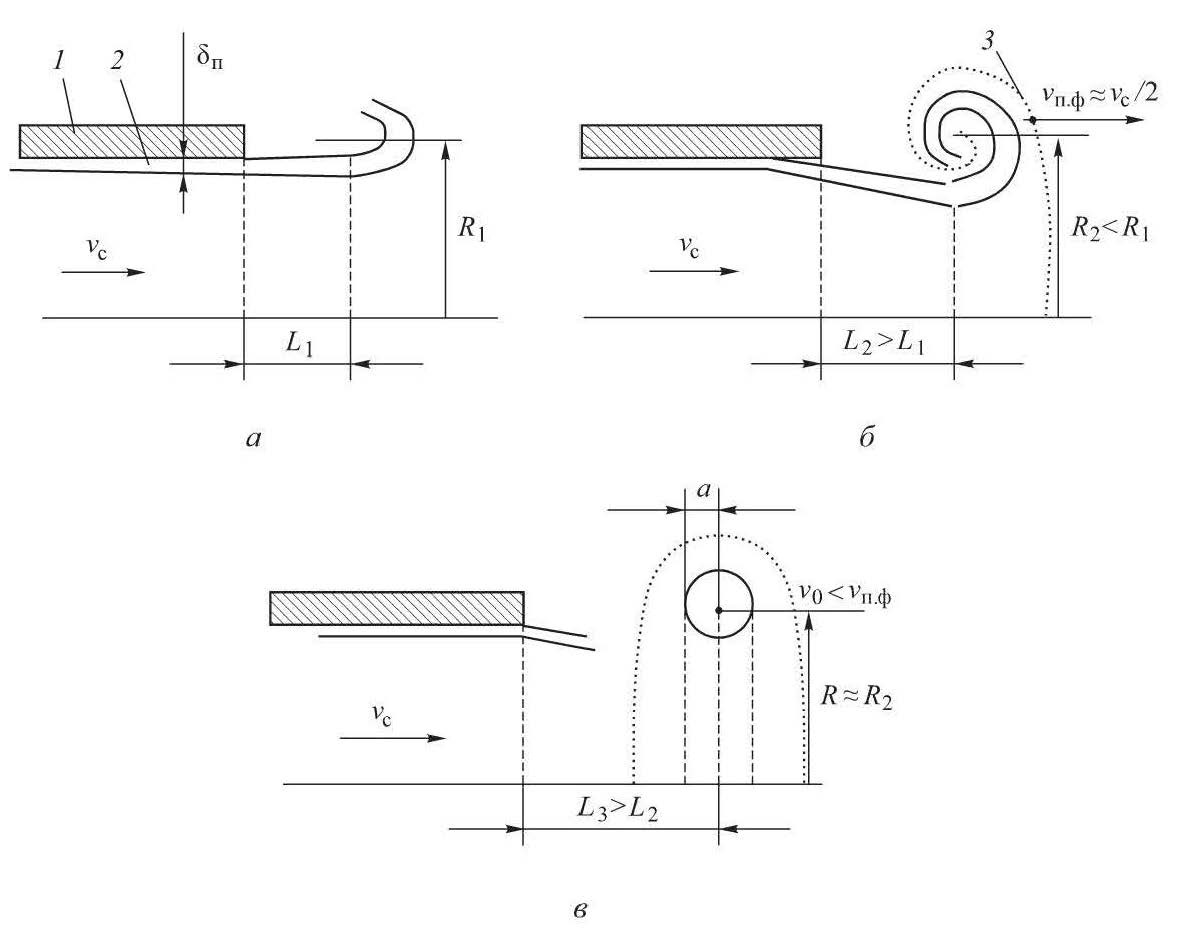
When the vortex ring (VR) moves, it leaves behind a trail of lost impurity particles. To improve efficiency, it is proposed that the vortex ring cascade method be implemented. The first ring in the cascade carries the impurity and, as it moves, deposits the impurity into the surrounding "atmosphere." Following this, the second vortex ring moves without any impurities. This ring "sucks in" the impurities left behind by the first ring and carries them in the atmosphere for a time before transferring them to the next ring in the cascade.

Electromagnetic vortex ring explanation can be found here:
In the context of oscillating non-linear dynamics (OND), vortex rings can act as a damaging factor by exerting an impulse effect on the target. They can also serve as a means of delivering chemical substances, such as irritants, to the target.
Furthermore, the sound level of this device decreases with distance. The horizontal dashed lines indicate the safety levels recommended by the US National Institute for Occupational Safety and Health (NIOSH): 85 dB for no more than 8 hours, 110 dB for no longer than 1.5 minutes, 120 dB for a maximum of 9 seconds, and 129 dB for just 1 second. In the 130 to 140 dB range, exposure should be limited to less than 1 second. According to additional data, such high sound pressure levels are generally unacceptable.
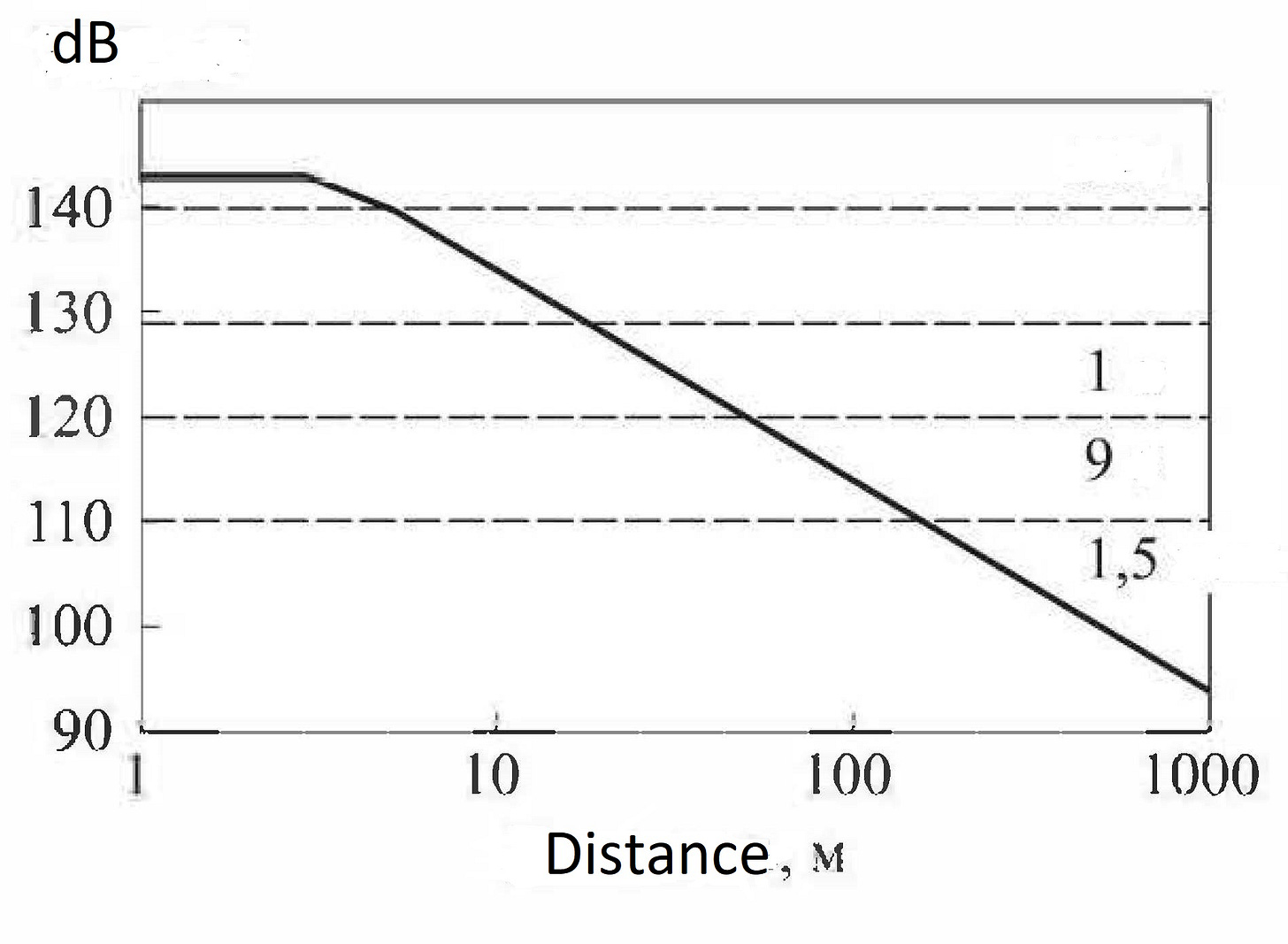
These recommendations are based on an 8% probability of hearing loss over 40 years of exposure to such conditions. Based on this information, it can be concluded that the voice mode of the device does not pose a health hazard (at 113 dB from a distance of 3 meters). However, the tone mode should not be used at close distances (up to 5 meters); at distances up to 50 meters, exposure should be limited to just a few seconds, and time limits are essential at distances up to 100 meters.
This weapon expels gas from its cylinder at speeds of 185 mph, creating a howling noise often compared to that of a jet engine, along with vortex rings that may be ionized. This phenomenon could cause electromagnetic interference with devices like hearing aids, as witnesses at the Belgrade protest reported. If the sound is indeed from a vortex cannon, these recordings were captured from more than 700 meters away. At that distance, the combustion noise of the weapon is inaudible; instead, only the distinct whistling sound of the pressure wave traveling away from the shooter and toward the crowd is heard, leading to widespread panic.
In addition to the physical consequences, the psychological effects of LRAD should not be overlooked.
LRAD's ability to inflict pain and cause disorientation can deter individuals from participating in protests. The mere presence of these devices at public gatherings can create an atmosphere of fear, discouraging people from exercising their right to peaceful assembly.
Sonic weapons like LRADs are a concerning technology that can have profound implications for human health. Although they are classified as non-lethal, their impacts on hearing, balance, and mental well-being can be long-lasting and significant.
The use of these devices against civilians remains a controversial issue, and both legal and medical studies highlight the need for stricter regulations and greater caution in their application.
Aftermath
According to government officials, the prosecution received reports not only from the police (Ministry of Interior - MUP) but also from the Ministry of Defense, the Ministry of Health, and the Security Information Agency.
According to a letter from the Ministry of Health, reports from competent health institutions in Belgrade indicate that patients examined between March 15 and March 17, 2025, showed no clinical signs of acute acoustic trauma. Additionally, no other injuries resulting from intense, concentrated high-frequency noise exceeding 100 decibels were objectively identified through comprehensive diagnostics.
Based on the analysis of the videos and their surrounding areas, particularly observing the behavior of flags on posts and tree branches, the government's position is that if a sound cannon or vortex cannon were used, there would be noticeable effects. These would include the swaying of trees and the movement of flags. It would be impossible for anyone to stand still or continue filming the event without being affected.
Based on the information from these institutions, the official government statement is that none of the mentioned organizations or their members who were responsible for ensuring security during the protest on March 15, 2025, heard, saw, or utilized a so-called "sound cannon."
The representatives of the protesters hold the opposite opinion.
As always, nothing in Serbia is straightforward, and it will require significant time and effort to determine the cause of the situation.
In any case, sound cannons or vortex cannons are examples of non-lethal systems that can effectively manage large groups of people when situations may escalate.
Conclusion
It seems that a long-range acoustic device may have been used. Photographic evidence suggests that the police have LRAD equipment, specifically the model 450XL-MMT. However, without a thorough investigation, it is impossible to determine with reasonable certainty whether this device was actually used. The sound reminiscent of a fighter jet passing by aligns with certain phenomena associated with vortex ring formation. Ultimately, both advantages and disadvantages must be carefully considered before reaching a conclusion. Serbia wouldn’t be the same without its share of memes, especially those featuring local "celebrities."
[i] Edited by Piquet (EditPiquet@gmail.com)
References:
Оружие нелетального действия : учебник для выспm:х учебных заведений / В. В. Селиванов, Д. П. Левин. - Москва : Издательство МГТУ им. Н.Э. Баумана, 2017. - 356
Acoustic Weapons - A Prospective Assessment Jürgen Altmanna, Science & Global Security, Volume 9 pp 165-234 © 2001 Taylor and Francis
Acoustic Weapons, Discussion paper for the Convention on Certain Conventional Weapons (CCW), Maya Brehm, Article 36, Geneva, November 2018
https://www.explainthatstuff.com/directional-loudspeakers.html
https://vreme.com/vesti/nvo-irsot-istrazuje-mogucu-upotrebu-zvucnog-topa/
Youtube, An Electromagnetic Vortex Cannon, Finally! Sabine Hossenfelder
If you like the article (and many more articles regarding military subjects will come), you can buy me a coffee:
https://www.buymeacoffee.com/mmihajloviW





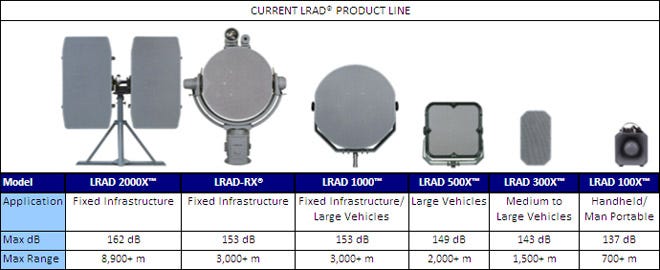

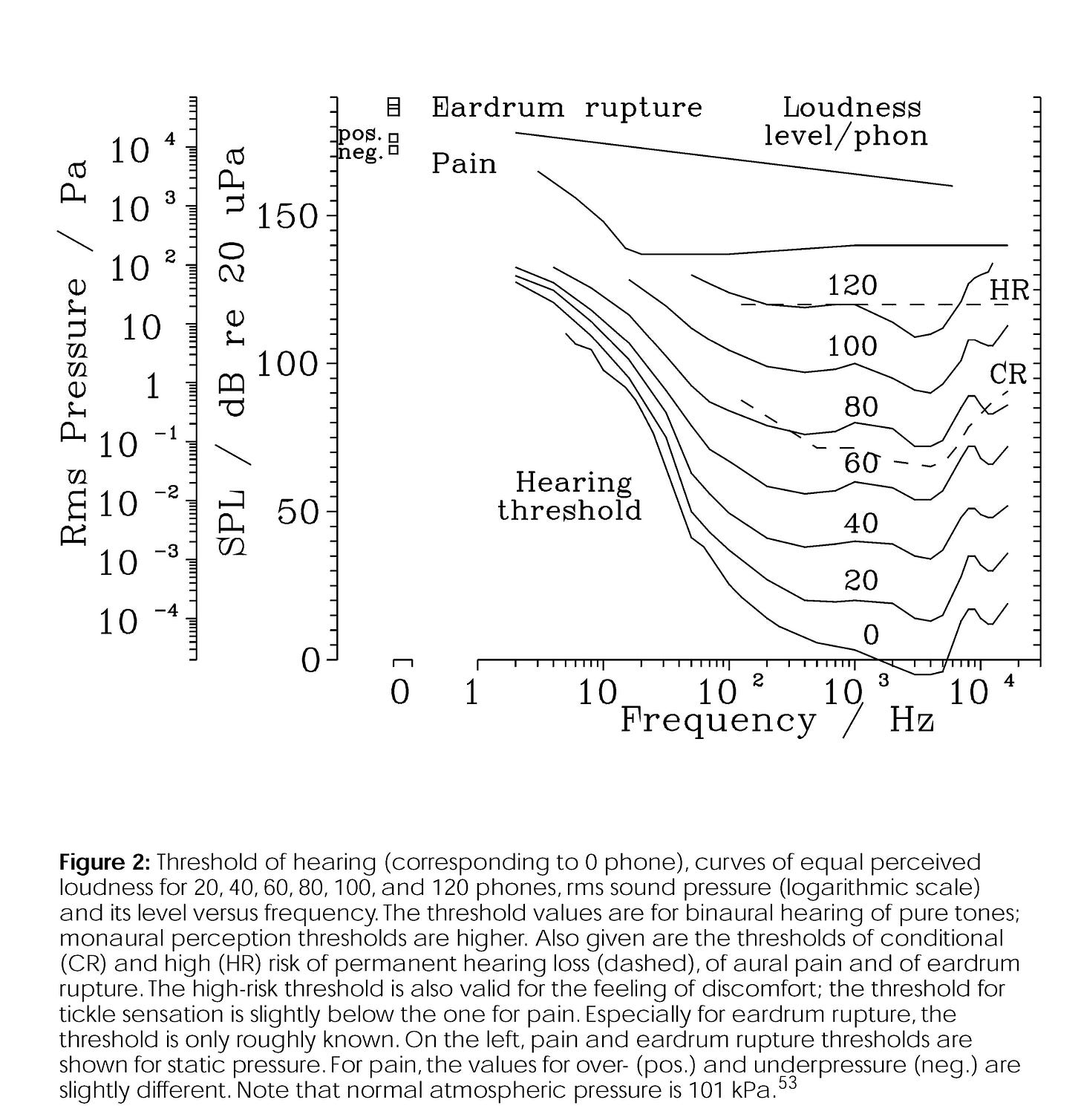

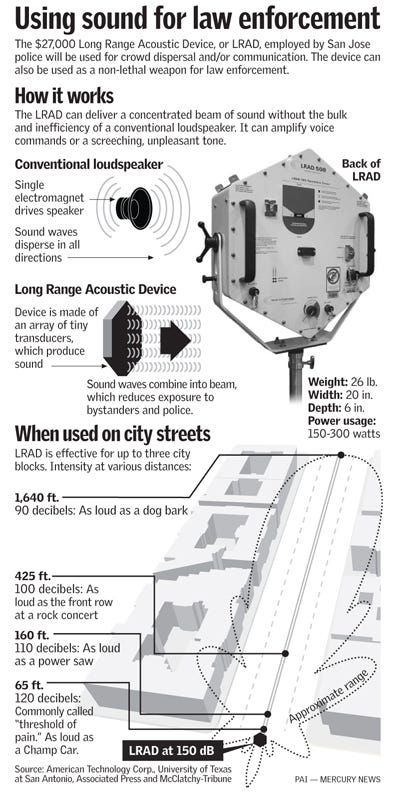
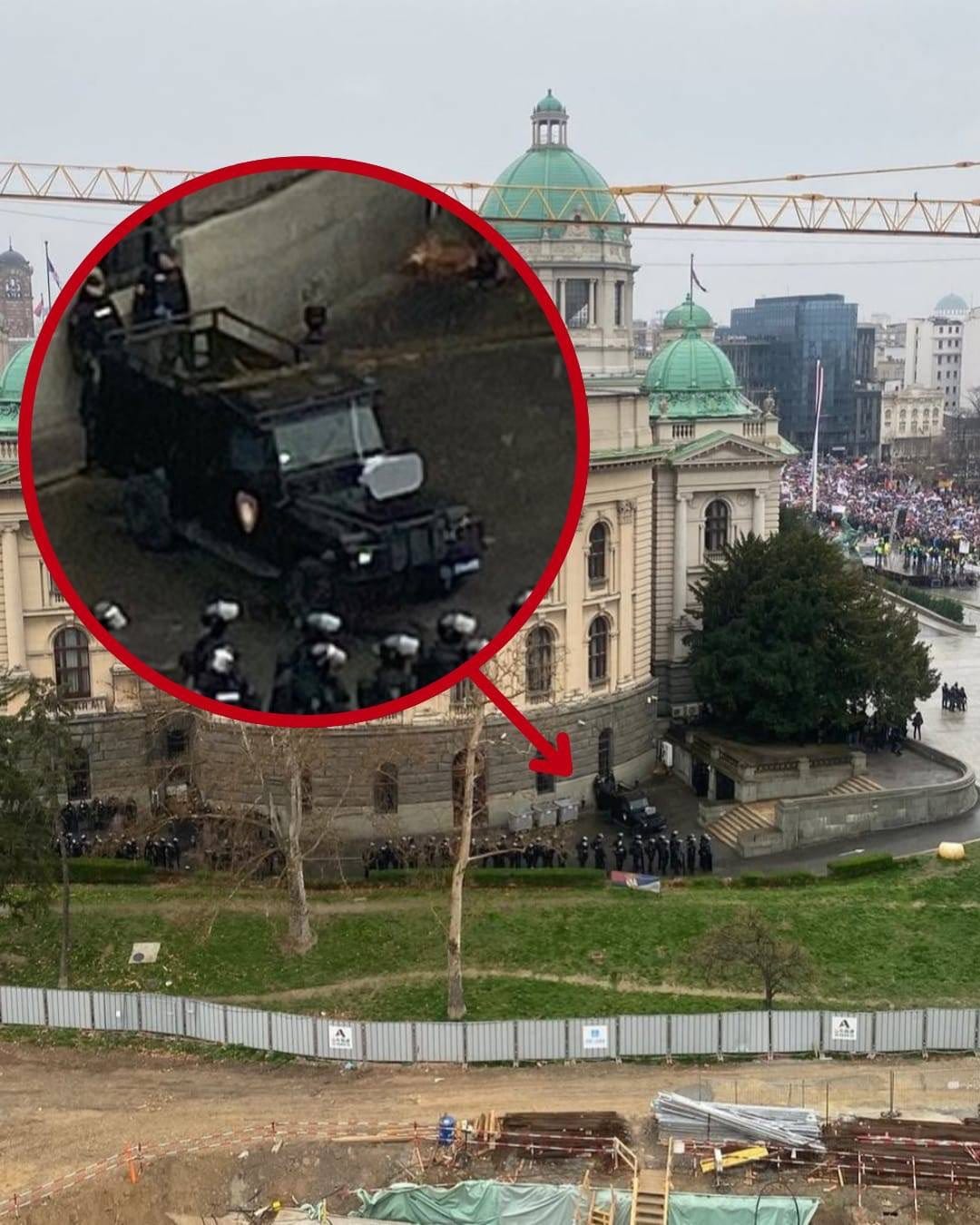
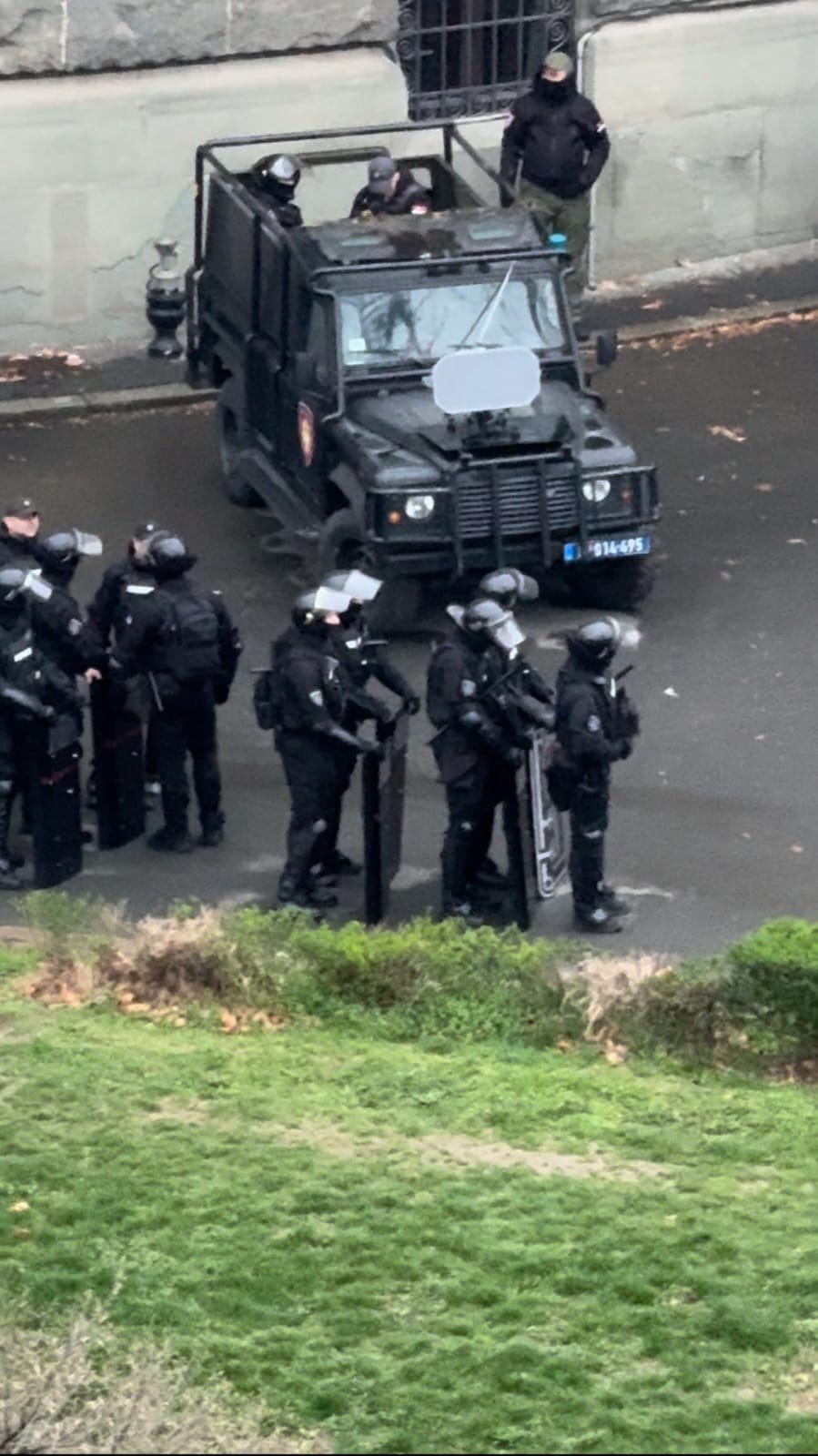
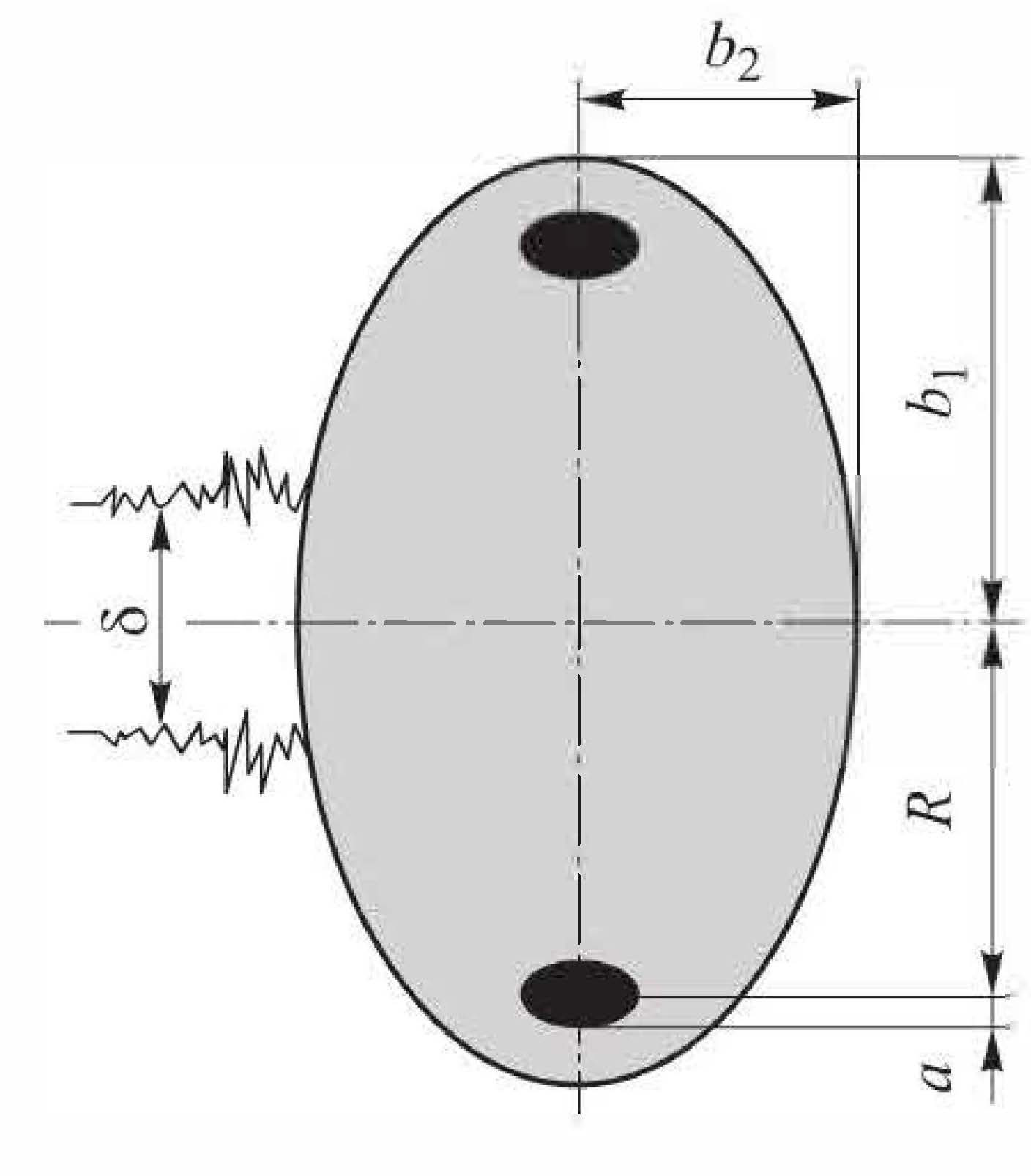
Fala Bogu da neko konačno napiše nešto pametno o ovim spravama, umesto gluposti koje se šire ovde već par dana!
Piće od mene, gdine Mihajloviću, kad navratite u ove krajeve!
Very interesting and well-written post, Mike. Thank you.
How ironic to use a sonic weapon against a silent vigil!